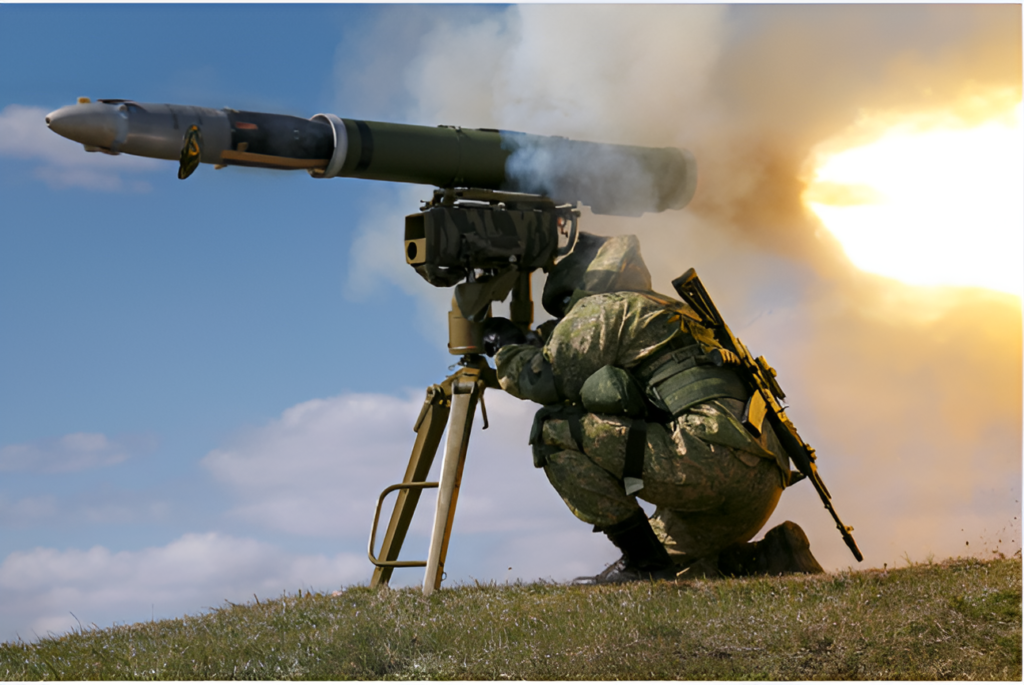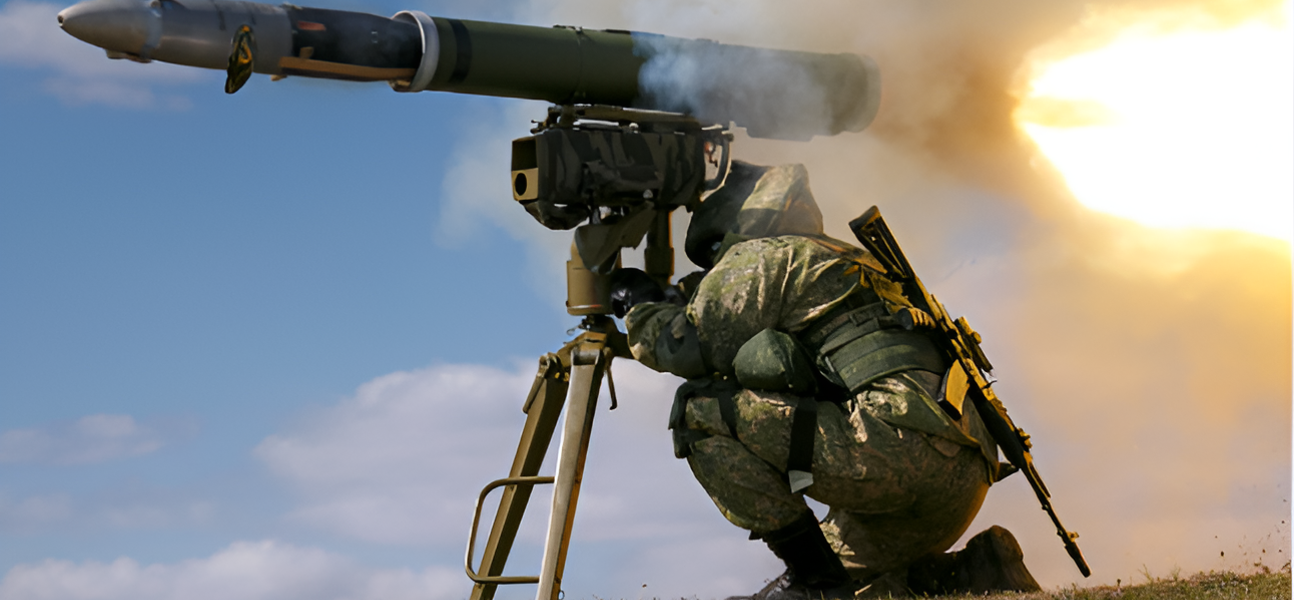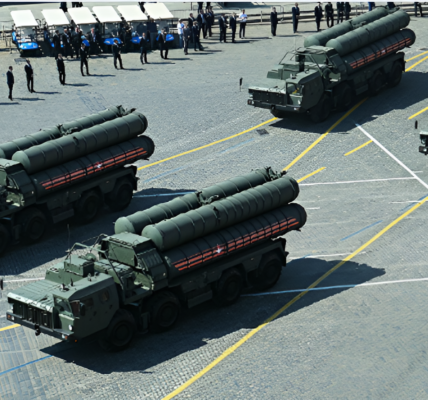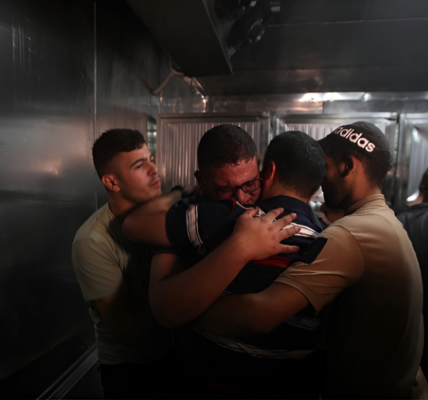
Hezbollah’s ability to challenge Israel’s formidable military has been a central feature of its operations in southern Lebanon, particularly in the realm of anti-armour tactics. During the 2006 war with Israel, Hezbollah surprised many by successfully targeting and destroying Israeli Merkava III and Merkava IV battle tanks, which were previously thought to be virtually invulnerable due to their advanced armour and protection systems. The effectiveness of Hezbollah’s anti-armour arsenal in 2006 was largely due to the Russian 9M133 Kornet missile, a weapon that was used to devastating effect against Israel’s most prized tanks. This success was seen as a turning point in the modern arms race between Hezbollah’s anti-tank capabilities and Israel’s countermeasures.
Though Hezbollah did not directly procure the Kornet, it reportedly received the missile system from Syria, which had established ties with Russia. After the conflict, Israel pushed Moscow to impose stricter controls on the export of these advanced anti-tank weapons to prevent Hezbollah from resupplying or upgrading its arsenal. Despite these efforts, the Lebanese militia continued to develop and diversify its anti-armour capabilities, particularly in light of its ongoing efforts to counter Israel’s technologically superior forces.
A key development in Hezbollah’s anti-armour strategy has come from its growing relationship with North Korea. Following the 2006 war, Syria provided North Korea with Russian Kornet missiles to study their technology, with the intent of advancing its own missile systems. This collaboration led to the creation of the Bulsae-3, a new-generation anti-tank guided missile (ATGM) that builds on the design principles of the Kornet but with several enhancements. Though the Bulsae-3 was not publicly revealed until 2016, it is believed to have been in service with North Korean forces earlier, showcasing a platform designed to counter advanced armoured vehicles.
Syria, a long-time ally of both Hezbollah and North Korea, has facilitated the transfer of numerous Russian and Soviet military systems to North Korea, which in turn has developed Korean derivatives for its own use and for export. The Bulsae-3 missile, which draws heavily from the Kornet’s technology, has likely replaced the Kornet as Hezbollah’s primary anti-armour weapon. Given the increasing restrictions on the Kornet’s export and Hezbollah’s reliance on foreign support, it seems plausible that the militia has integrated the Bulsae-3 into its arsenal, marking a significant upgrade in its military capabilities.
The Bulsae-3 offers several advantages over its predecessor, including enhanced targeting and guidance systems, making it more effective against modern tanks and armoured vehicles. Its entry into Hezbollah’s military inventory signals a shift towards more advanced, long-range, and more accurate anti-tank capabilities, which will play a crucial role in any future confrontation with Israel.
For North Korea, the continued supply of advanced anti-tank systems to Middle Eastern clients serves a dual purpose. Not only does it help strengthen the military forces of these nations, but it also offers North Korea valuable real-world performance data that can be used to further refine its own weapon systems. This feedback loop allows North Korean engineers and strategists to assess the effectiveness of their designs in combat situations, ultimately improving the capabilities of their military.
As Hezbollah continues to enhance its military capabilities, the integration of advanced anti-tank systems like the Bulsae-3 ensures that the militia remains a significant threat to Israeli armour. While the full scale of Hezbollah’s future use of these weapons remains to be seen, the growing influence of North Korean technology in the region suggests that Hezbollah’s anti-armour capabilities will continue to evolve, posing an ongoing challenge to Israel’s military superiority in the region.
The ongoing arms race between these two adversaries is not only a testament to the evolving nature of modern warfare but also to the intricate web of international relationships that shape the military balance in the Middle East. With North Korea’s involvement in the development of anti-tank systems for Hezbollah, the region’s military dynamics are set to shift once again, reinforcing the importance of adapting to new technologies in an ever-changing battlefield.




